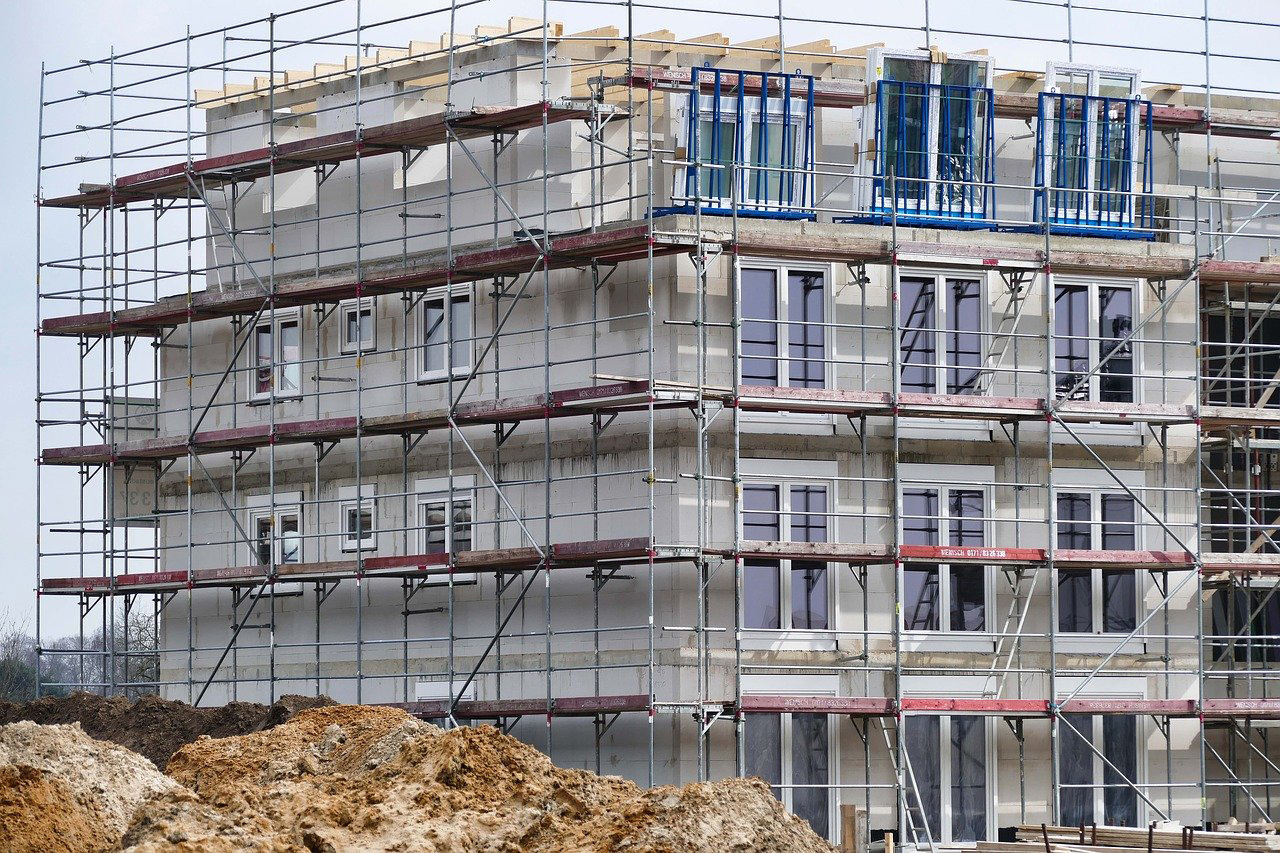The U.S. Census Bureau announced that construction spending during June 2021 was estimated at a seasonally adjusted annual rate of $1,552.2 billion, 0.1% (±1.2%) above the revised May estimate of $1,551.2 billion. The June figure is 8.2%(±1.3%) above the June 2020 estimate of $1,435.0 billion.

In June, the estimated seasonally adjusted annual rate of public construction spending was $337.0 billion, 1.2% (±2.0%) below the revised May estimate of $340.9 billion. Highway construction was at a seasonally adjusted annual rate of $92.4 billion, 5.3% (±4.6%) below the revised May estimate of $97.5 billion. Educational construction was at a seasonally adjusted annual rate of $81.3 billion, 0.8% (±4.4%) below the revised May estimate of $82.0 billion.
During the first six months of this year, construction spending amounted to $736.5 billion, 5.4% (±1.0%) above the $698.8 billion for the same period in 2020.
Spending on private construction was at a seasonally adjusted annual rate of $1,215.2 billion, 0.4% (±0.7 percent) above the revised May estimate of $1,210.3 billion.
- Residential construction was at a seasonally adjusted annual rate of $763.4 billion in June, 1.1% (±1.3%) above the revised May estimate of $755.4 billion.
- Nonresidential construction was at a seasonally adjusted annual rate of $451.8 billion in June, 0.7% (±0.7%) below the revised May estimate of $454.9 billion.
Associated General Contractors officials noted the nonresidential declines include a steep drop in spending on highway and street projects and urged Congress to quickly pass a new, bipartisan infrastructure measure.
“The pandemic has created a tale of two construction industries, a residential market where demand continues to surge and a nonresidential market that is struggling to gain traction,” said Stephen E. Sandherr, the association’s chief executive officer. “The federal government has a real opportunity to boost nonresidential construction by passing the bipartisan infrastructure measure as quickly as possible.”
“Since achieving an all-time high in January 2020, nonresidential construction spending is down 12%,” said Associated Builders and Contractors (ABC) Chief Economist Anirban Basu. “With each passing month, the deficit vis-à-vis the all-time high continues to expand. June was no exception, with both private and public nonresidential construction declining.
“For economists, this presents a bit of a paradox,” said Basu. “Many contractors report rising backlog and strong expectations for sales, staffing and profit margin growth over the balance of the year, according to ABC’s Construction Backlog Indicator and Construction Confidence Index. Yet the macroeconomic data continue to show an industry struggling to stabilize from the pandemic-induced recession.
“There is a logical explanation,” said Basu. “Despite the lingering pandemic and elevated materials prices, demand for construction services remains high. But this lofty demand is failing to translate into construction spending growth because available capacity to supply services is so constrained, especially by expanding skills shortages. This means the average project is taking longer to complete. It also translates into diminished construction spending on a monthly basis since less services are delivered. Consequently, individual firms generally remain confident about the future given the presence of demand for their services as well as rising backlog, but the macroeconomic outcomes remain uninspiring as quantity supplied struggles to match quantity demanded.”
